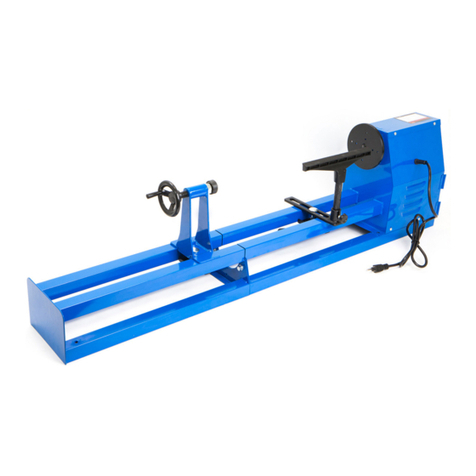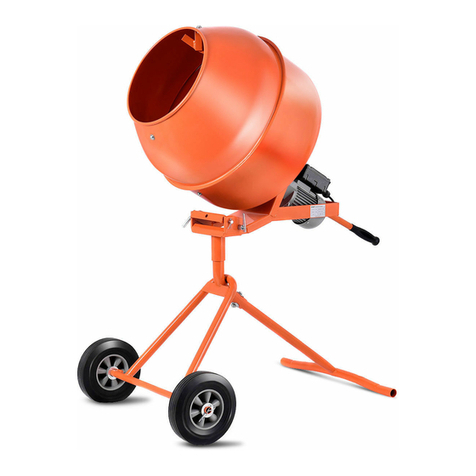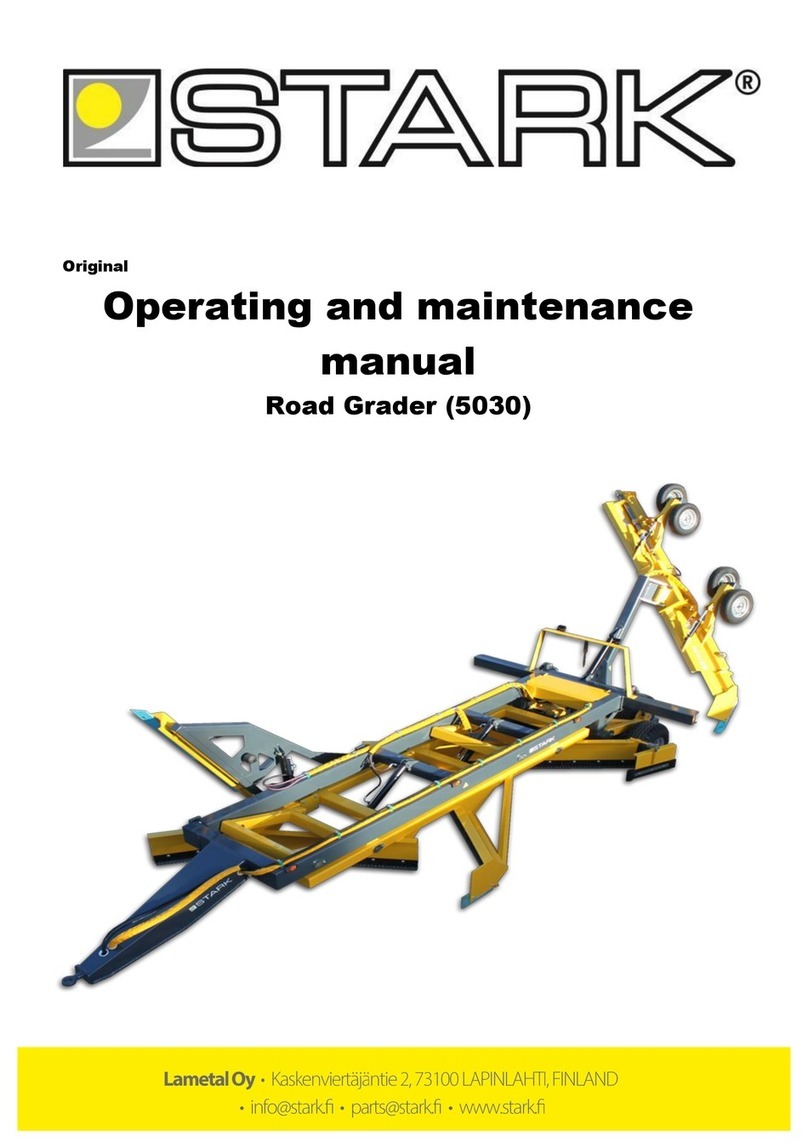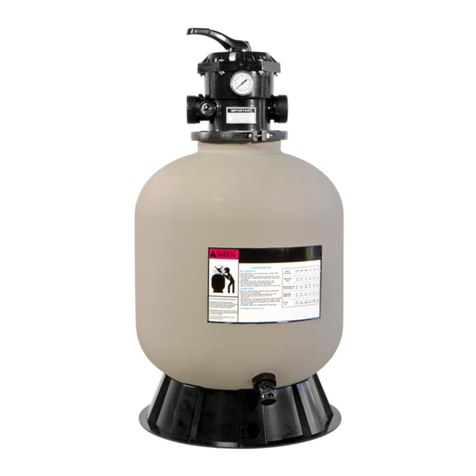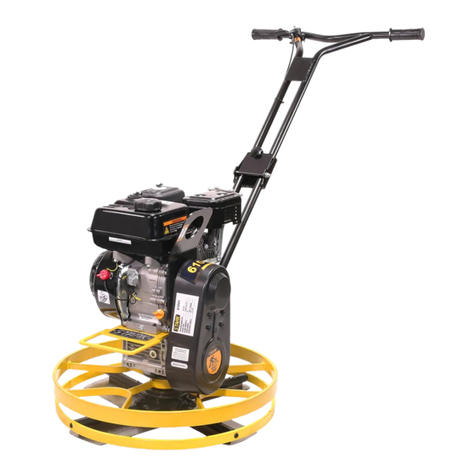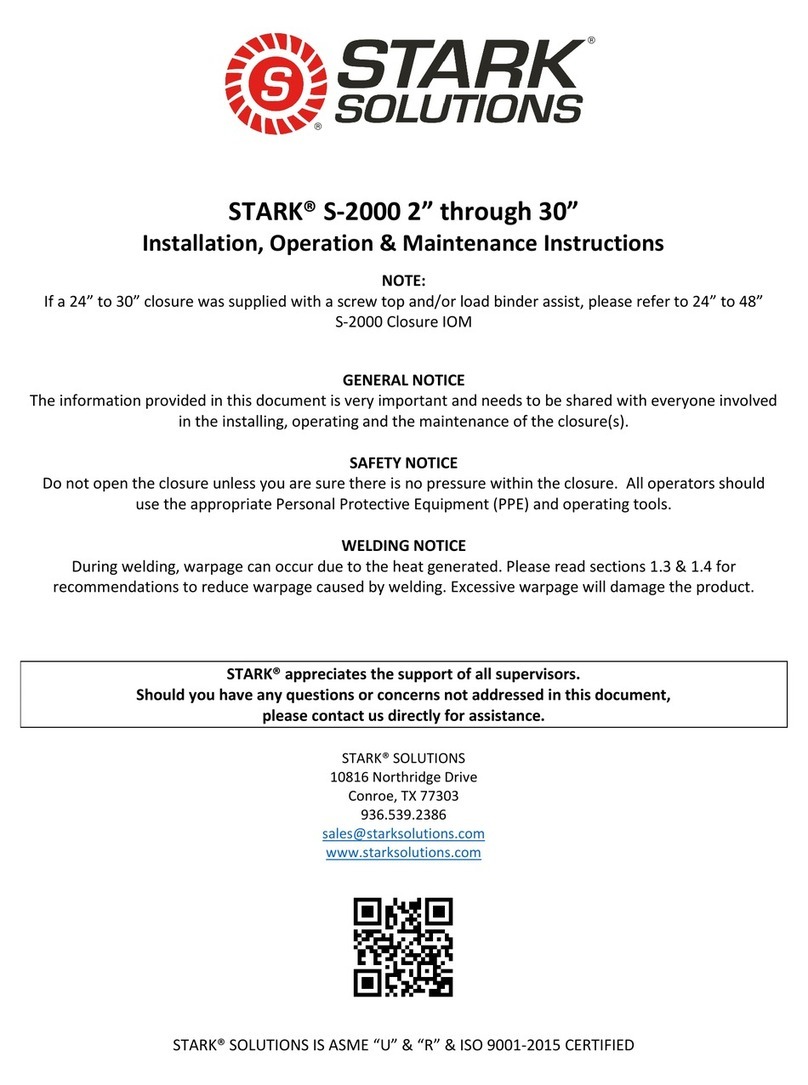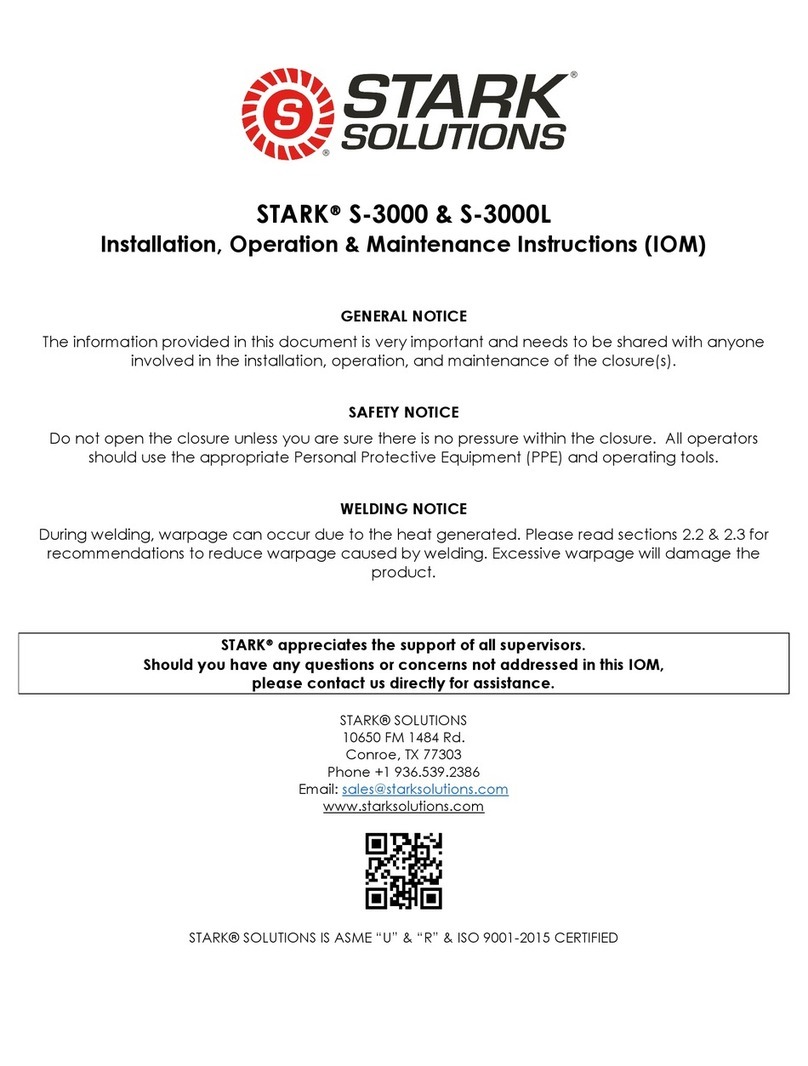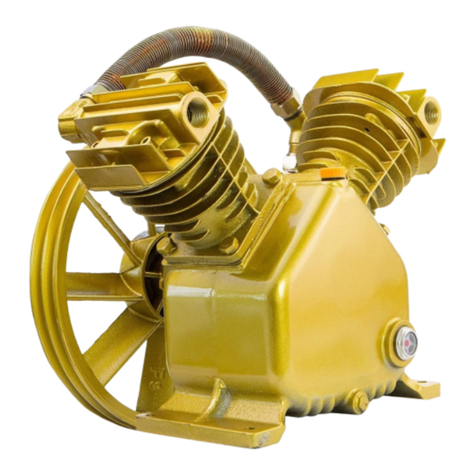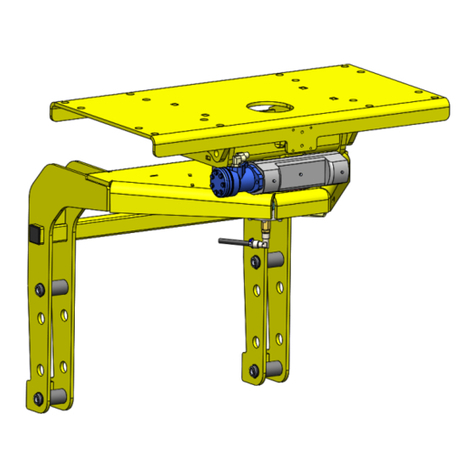Sivu 3 / 19
Table of contents
General.................................................................................................................................................2
Read before use ...................................................................................................................................2
1. DECLARATION OF CONFORMITY......................................................................................................4
2. PURPOSE OF USE..............................................................................................................................5
3. SAFETY PRECAUTIONS......................................................................................................................5
4. IDENTIFICATION INFORMATION AND SPAREPARTS ........................................................................6
4.1. Identification plate ............................................................................................................................ 6
4.2. Maintenance services........................................................................................................................ 6
5. MAIN PARTS OF THE ROAD GRADER ...............................................................................................7
6. ATTACHING THE ROAD GRADER......................................................................................................8
6.1. Attaching the road grader to the base machine ............................................................................... 8
7. OPERATING THE ROAD GRADER ......................................................................................................9
7.1. Operating instructions....................................................................................................................... 9
7.2. Grading adjustmets ........................................................................................................................... 9
7.3. Detaching the road grader .............................................................................................................. 10
7.4. Wireless controller .......................................................................................................................... 11
7.5. Removal of packed snow................................................................................................................. 12
7.6. Accessories ...................................................................................................................................... 12
8. MAINTAINING THE ROAD GRADER ................................................................................................13
8.1. General safety precautions for the use and maintenance.............................................................. 13
8.2. Minimum requirements of the base machine................................................................................. 13
8.3. Tightening torque............................................................................................................................ 13
8.4. Daily maintenance........................................................................................................................... 14
8.5. Maintenance after every 10 hours.................................................................................................. 14
8.6. Maintenance after 50 hours or weekly........................................................................................... 14
8.7. Lubrication points............................................................................................................................ 15
9. HYDRAULICS...................................................................................................................................16
9.1. 8-hose hydraulics............................................................................................................................. 16
9.2. 4-hose hydraulics............................................................................................................................. 17
9.3. 2-hose hydraulics............................................................................................................................. 18
10. WARRANTY POLICY ......................................................................................................................19
